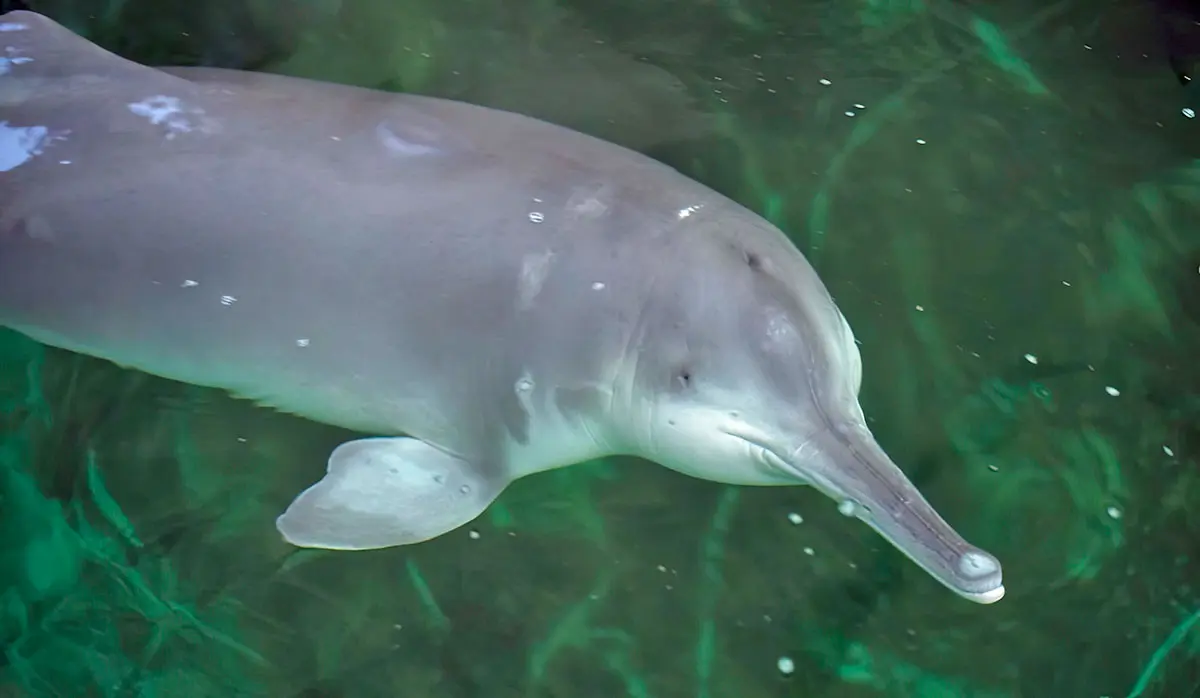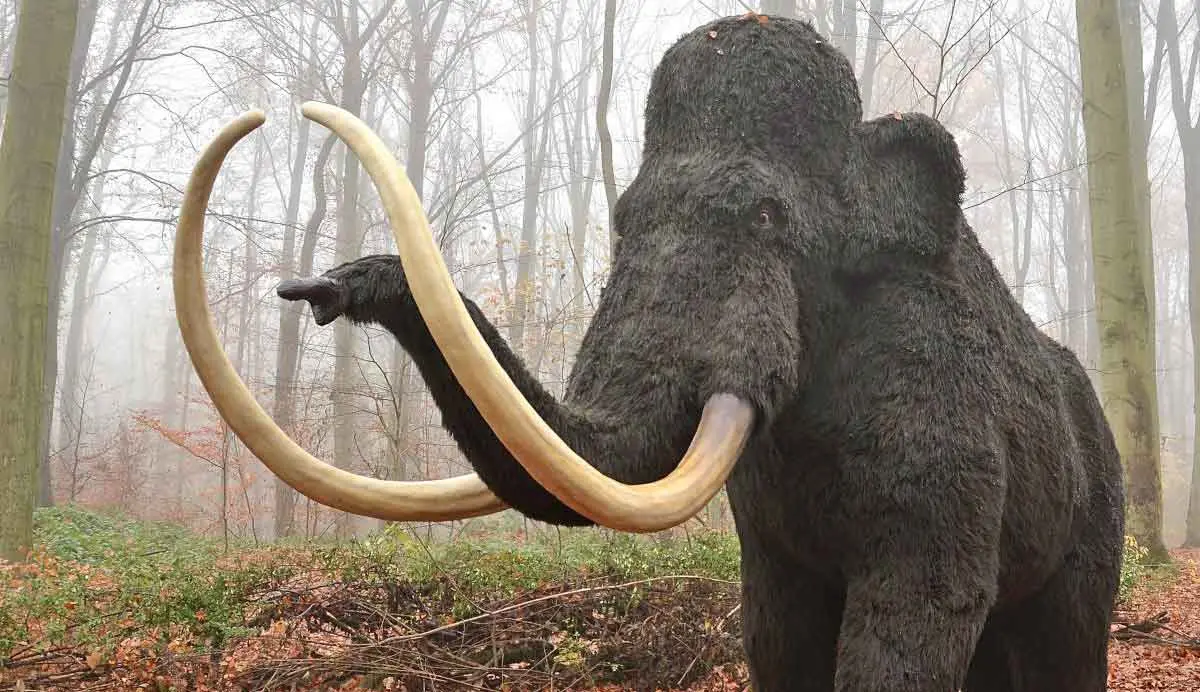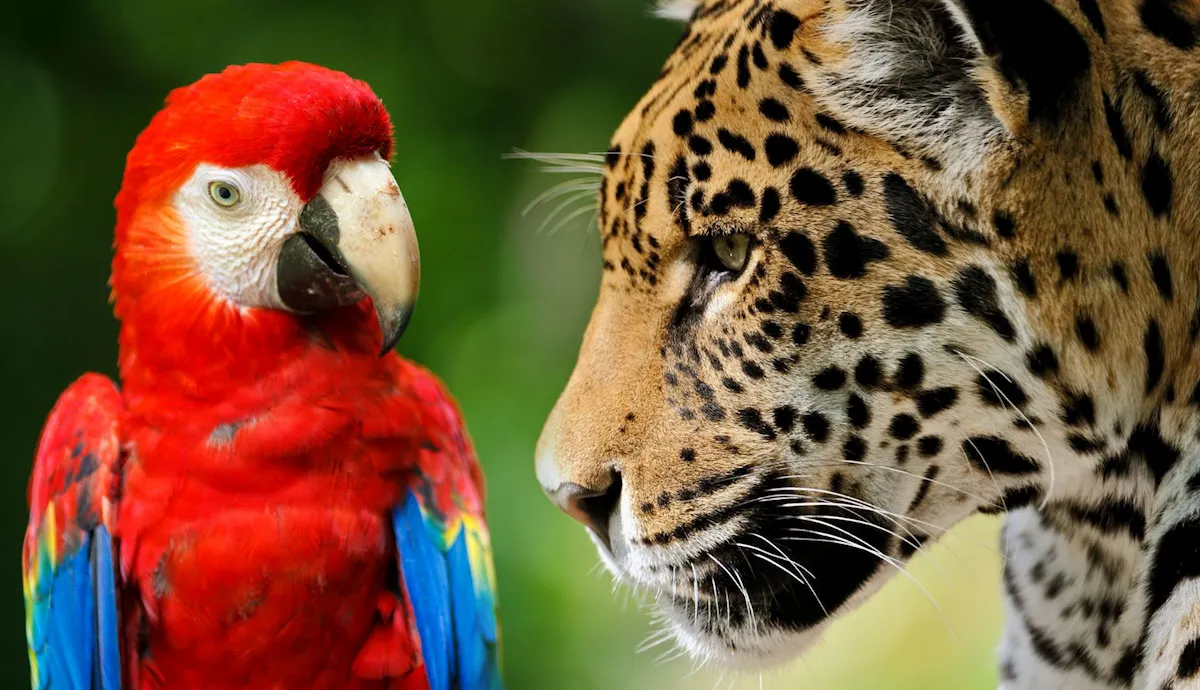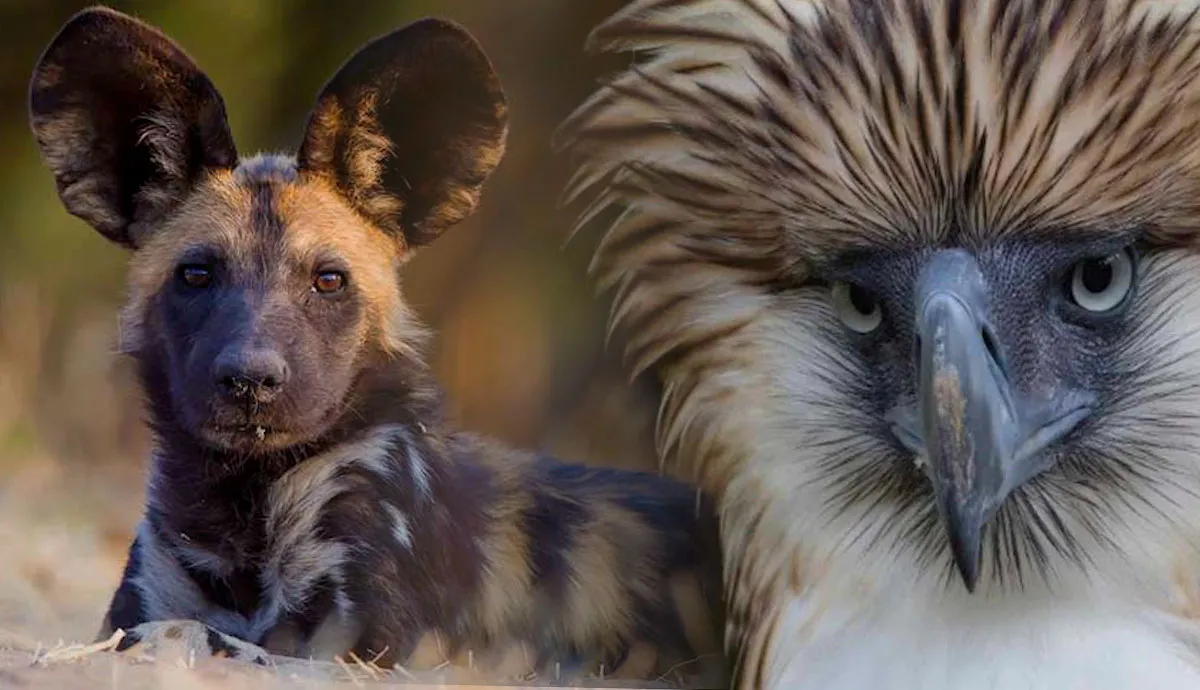It’s easy to think of extinction as a thing of the past. Extinct species often seem as far away as the mammoths, who died out around 5,600 years ago. These were some of the first victims of human interference.
However, conservationists mourn the loss of several species each year. Human expansion, pollution, poaching, and invasive species are some of the causes of these losses. The Western Black Rhino, Splendid Poison Frog, Spix’s Macaw, Baiji, and Guam Flying Fox are now lost forever, so it’s more important than ever to advocate for endangered species.
#1 Western Black Rhino

The Western Black Rhinoceros was last seen in Cameroon in 2006. As of 2011, the IUCN declared the species extinct.
This extinct rhino was actually one of four subspecies of black rhinos. Black rhinos are distinguished by a hook lip, which they use for stripping woody plants.
These beautiful, lost creatures lived in sub-Saharan Africa. There used to be over a million black rhinos in the early 20th century. They weighed up to a ton, ate leafy plants and shoots, and lazed around most of the hot day in wallows. These animals were nearsighted and relied on birds to help them detect threats.
This rhino had a square-based horn that was prized for its purported medicinal value.
Extensive poaching led to the Western Black Rhinoceros’s extinction. There are still 3 subspecies of Black rhinos left today that need to be protected before it is too late.
#2 Splendid Poison Frog

The IUCN listed this Panama-native amphibian as extinct in 2020. This beautiful, brightly colored poison frog secreted a toxic substance through their skin. They had blue legs and bright red bodies to warn predators of their toxicity.
These frogs lived along the rainforest floor, eating invertebrates with their long tongues. They had a range of calls they used to communicate with their fellow Splendid Poison Frogs.
In the wild, poison frogs only have one predator: the Leimadophis Epinephelus, a snake. This snake built up an adaptation to the secretions poison frogs make.
This loss of habitat led to the extinction of the Splendid Poison Frogs, and many other subspecies remain critically endangered.
#3 Spix’s Macaw

Spix’s Macaw was last seen in the wild in the year 2000. In 2019, Spix’s Macaw, an all-blue parrot that inspired the movie animated movie Rio, changed status. The IUCN declared this species extinct in the wild. In the 1990s, the last known wild male Spix’s macaw was declared dead.
These parrots lived in the dry, thorny Caatinga in Brazil. They made their nests in the mature Caraibeira trees. They ate nuts and berries in the region. Females would lay 2-3 eggs in the nest. The parent birds would then care for the babies for the next few months until they were able to fly.
The blue Spix’s Macaws are endemic to Brazil, meaning they can only be found in that specific space. In the same region where the parrots lived, goat farming threatened the habitat. Forests were chopped down to make way for farms, destroying the Spix’s habitat.
There are still a handful of these beautiful birds held in captivity at certain zoos and bird conservatories. Conservation efforts are attempting to bring back this species. In June 2022, scientists released about a dozen of these birds back into the wild.
#4 Baiji

River dolphins are rare. They have longer, thinner breaks than their oceanic cousins. The Lipotes vexillifer, or Baiji, lived in China’s Yangtze River. This dolphin lived here for 20 million years. In 2007, officials declared the Baiji possibly extinct. This species has not been seen for over 20 years. The last verified sighting of a baiji was in 2002.
Baiji lived in small groups. They had poor eyesight and used echolocation to hunt the freshwater river for fish. They were shy and quiet dolphins with bluish-grey skin on their backs and white on their bellies.
The Baiji was unable to compete with the increasing number of boats on the Yangtze River. With their poor eyesight and the loud noise of ships, baiji would smash into boat propellers trying to navigate the waters of the river.
#5 Coote’s Tree Snail

This mollusk was commonly seen throughout the islands through the mid to late 20th century. However, the last sighting of Coote’s Tree Snail occurred in 1934. In 2005, old shells were found. As of 2022, the IUCN declared the Coote’s tree snail extinct.
This snail had a small range. It could only be found on Rurutu and Raivavae, two islands in the South Pacific. These mollusks were land snails that thrived in tropical habitats, breathed air, and fed on vegetation.
In the case of the Coote’s tree snail, the wolf snail was introduced as an attempt to combat an invasive African species of snail. However, the introduction of this species reduced the resources for all of these tropical land snails, causing many of them to become endangered and, in the case of Coote’s tree snail, extinct.
Conclusion

It is more important than ever to protect Earth’s species. There are so many species on the endangered list that need our help. Advocate for more conservation laws and support local conservational efforts. This can help us bring back many species from the brink of extinction.



